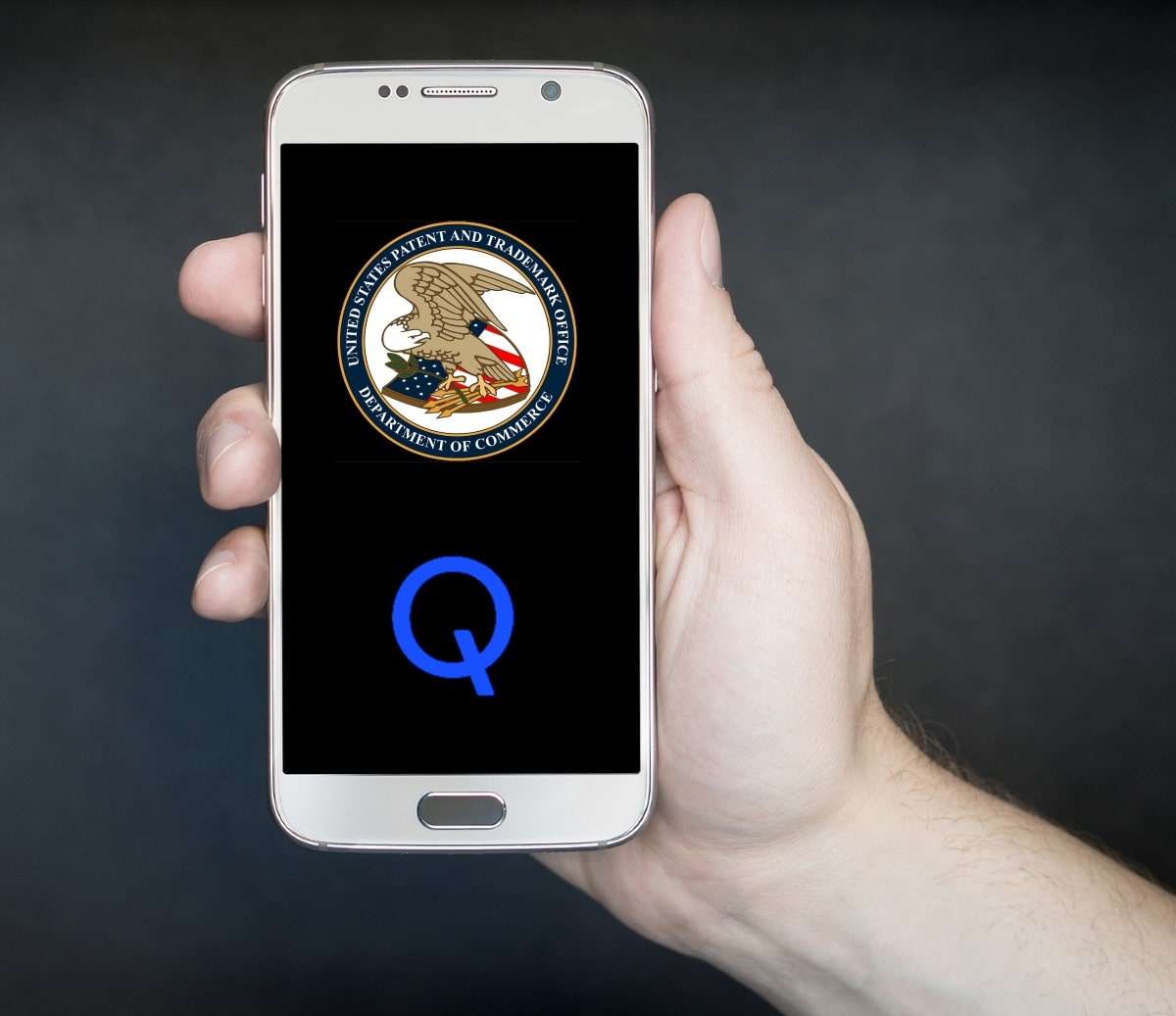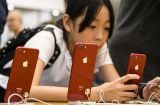Apple Reveals Qualcomm Patent Fees
Qualcomm charges a 5% royalty, or about $12 to $20, per smartphone plus a large “CDMA tax,” Apple’s chief operating officer testified in an antitrust case here. The testimony put on the record some details of Qualcomm’s licensing practices that have long drawn industry complaints.
Apple struck a deal with Qualcomm in 2007 to set royalties on iPhones at $7.50 per handset. In 2011, the two struck a deal to keep royalties at the same level while giving Qualcomm “short-term” exclusivity as the iPhone’s cellular baseband supplier.
The “7.50 [royalty] may not sound like a lot, but it [amounted to] billions of dollars a year,” said Jeff Williams, who led the first iPhone team and is now Apple’s COO. “It is not FRAND, in our view, compared to everyone else … Qualcomm charged more than everyone else together.”
“The alternative was that it defaults to the contract manufacturer’s rate of $17 to $18 [per phone, and] if we pursued them legally, we wouldn’t have access to chips … [and] risk getting our brand-new iPhone enjoined,” said Williams, adding, “Qualcomm represented [$7.50] as the average price paid.”
Although patent licensing at the handset level has become widely used, Apple found it unfair.
“We led the charge to add a lot of NAND memory” in handsets, but “if we put an extra $100 in NAND, they would get $5 of that even though they didn’t have anything to do with it,” he said. Apple spends “an extra $60 in stainless steel enclosures, and Qualcomm would collect an extra $3 — that didn’t make sense to us, and it still doesn’t today,” he added.
The original $7.50 royalty “didn’t apply to CDMA phones or iPads,” said Williams, later calling licensing terms for the cellular protocol that Qualcomm developed “roughly a $250 million CDMA tax.”
Apple initially proposed that it pay $1.50 per baseband chip used. Under the final deal, Apple’s contract manufacturers paid Qualcomm its usual 5% handset royalty under their existing patent licenses, Apple reimbursed them, and Qualcomm reimbursed Apple. Apple avoided striking a patent deal directly with Qualcomm under the arrangement.
As part of the 2011 deal, Apple asked Qualcomm for a billion dollars to transition from using Infineon basebands.
“They wanted exclusivity,” Williams said. “We proposed that we’d give them 100% sole-sourced for the short term, [but] in the long term, that wasn’t our plan.”
However, “long-term [exclusivity] provisions wound up in the agreement … [and] made it prohibitively expensive to work with someone else,” he added. “For example, it cut off work with Intel” on a baseband for an iPad Mini in 2013 … overall, “our strategy is to dual-source.”
Today, “Qualcomm continues to ship products on [Apple] design wins they have,” Williams said. “We have been unable to get them to support us on new design wins since [Apple sued Qualcomm in 2017]. This has been a challenge.”
“Our strategy was to dual-source [basebands] in 2018,” he said. “We were working toward doing that with Qualcomm, but in the end, they would not support us and sell us chips.”
As a result, “I went to [Intel CEO] Brian Krzanich and said that I was sorry, but instead of 50%, I need 100%” of iPhone basebands. “He had to scramble and go to his board to get almost a billion in capital to support us,” Williams said.
Meanwhile, Qualcomm “is suing us in court all over the world on non-essential patents,” he said. “They are trying to get a hit in any one of those courts with an injunction to cause enough pain to make us pay tens of billions of dollars in their ransom … They said [that Apple is] an ideal target [because] unless [we] run the table, they will win.”
In testimony Friday, Qualcomm’s CEO gave his own views on the deal and its efforts to continue working with Apple.
Under cross-examination, a Qualcomm attorney noted that Apple gave the chip vendor a “moonshot challenge” to deliver a single chip baseband for LTE. The chip made it into the iPhone 5. In its launch, Apple founder Steve Jobs called the chip “one of the real breakthroughs” of the handset.
在线留言询价

Apple Testifies in Q’com Patent Case
- 一周热料
- 紧缺物料秒杀
| 型号 | 品牌 | 询价 |
|---|---|---|
| TL431ACLPR | Texas Instruments | |
| BD71847AMWV-E2 | ROHM Semiconductor | |
| RB751G-40T2R | ROHM Semiconductor | |
| CDZVT2R20B | ROHM Semiconductor | |
| MC33074DR2G | onsemi |
| 型号 | 品牌 | 抢购 |
|---|---|---|
| ESR03EZPJ151 | ROHM Semiconductor | |
| IPZ40N04S5L4R8ATMA1 | Infineon Technologies | |
| STM32F429IGT6 | STMicroelectronics | |
| TPS63050YFFR | Texas Instruments | |
| BU33JA2MNVX-CTL | ROHM Semiconductor | |
| BP3621 | ROHM Semiconductor |
- 周排行榜
- 月排行榜
AMEYA360公众号二维码
识别二维码,即可关注


























